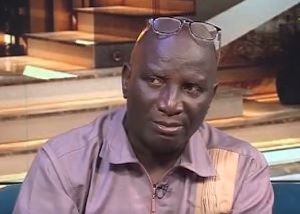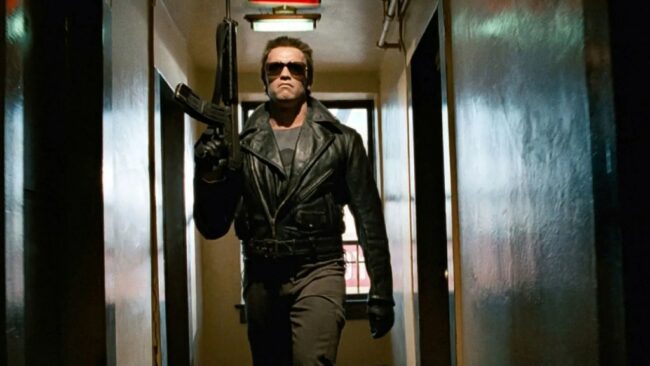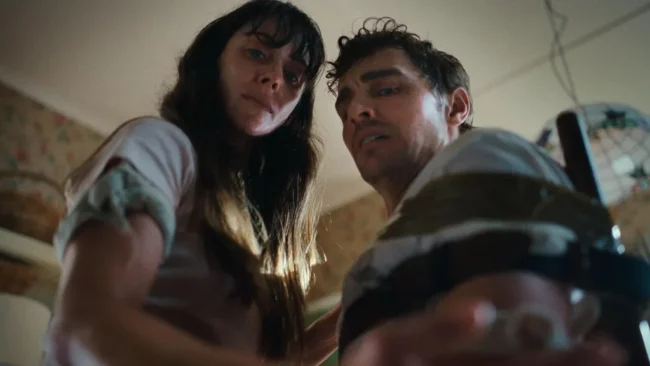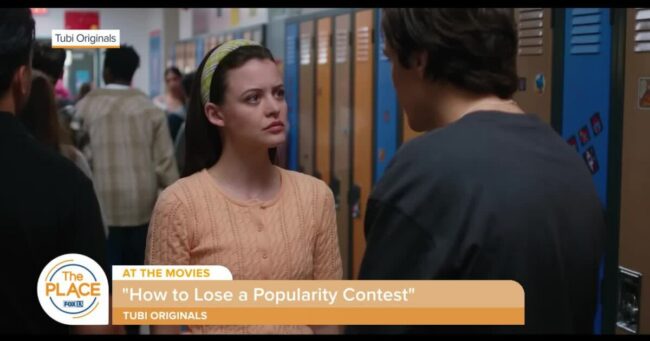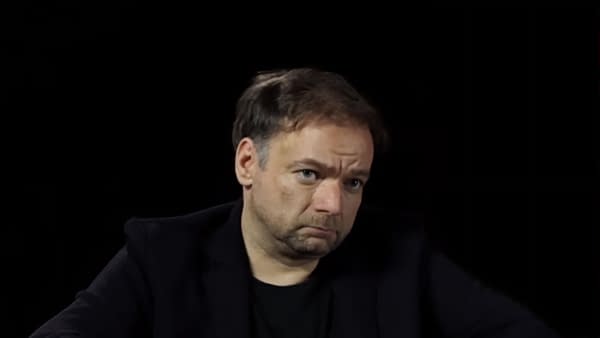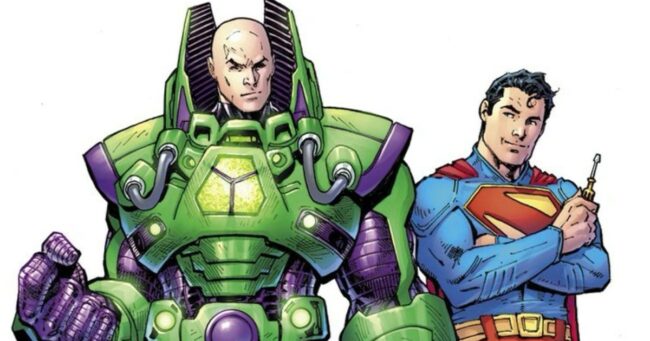Music industry headed for same collapse as film – Socrate Safo warns
… collapse of the once-vibrant film sector.
In a detailed post … sector to collapse quietly.
“The film industry once beat its drums … night and by day. The movies were everywhere. The audience was … its belly,” he said.
The filmmaker advocated for a less glamorous …

